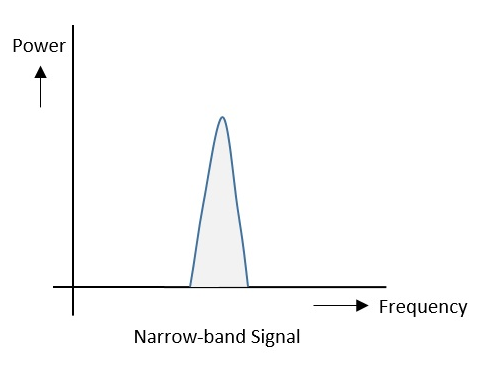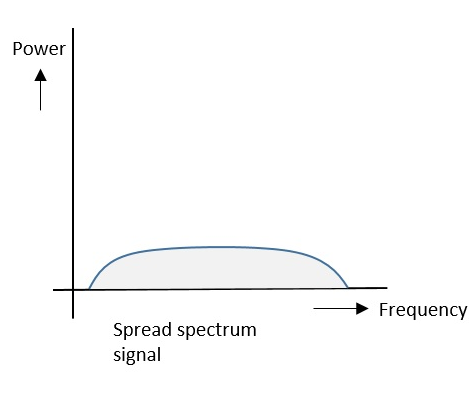DCOM PRCATICAL -DSSS

Name of Experiment :-Experimental study of generation and detection of Direct spread spectrum system(DSSS).
A collective class of signaling techniques are employed before transmitting a signal to provide a secure communication, known as the Spread Spectrum Modulation. The main advantage of spread spectrum communication technique is to prevent “interference” whether it is intentional or unintentional.
The signals modulated with these techniques are hard to interfere and cannot be jammed. An intruder with no official access is never allowed to crack them. Hence, these techniques are used for military purposes. These spread spectrum signals transmit at low power density and has a wide spread of signals.
Pseudo-Noise Sequence
A coded sequence of 1s and 0s with certain auto-correlation properties, called as Pseudo-Noise coding sequence is used in spread spectrum techniques. It is a maximum-length sequence, which is a type of cyclic code.
Narrow-band and Spread-spectrum Signals
Both the Narrow band and Spread spectrum signals can be understood easily by observing their frequency spectrum as shown in the following figures.
Narrow-band Signals
The Narrow-band signals have the signal strength concentrated as shown in the following frequency spectrum figure.

Following are some of its features −
- Band of signals occupy a narrow range of frequencies.
- Power density is high.
- Spread of energy is low and concentrated.
Though the features are good, these signals are prone to interference.
Spread Spectrum Signals
The spread spectrum signals have the signal strength distributed as shown in the following frequency spectrum figure.

Following are some of its features −
- Band of signals occupy a wide range of frequencies.
- Power density is very low.
- Energy is wide spread.
With these features, the spread spectrum signals are highly resistant to interference or jamming. Since multiple users can share the same spread spectrum bandwidth without interfering with one another, these can be called as multiple access techniques.





Comments
Post a Comment